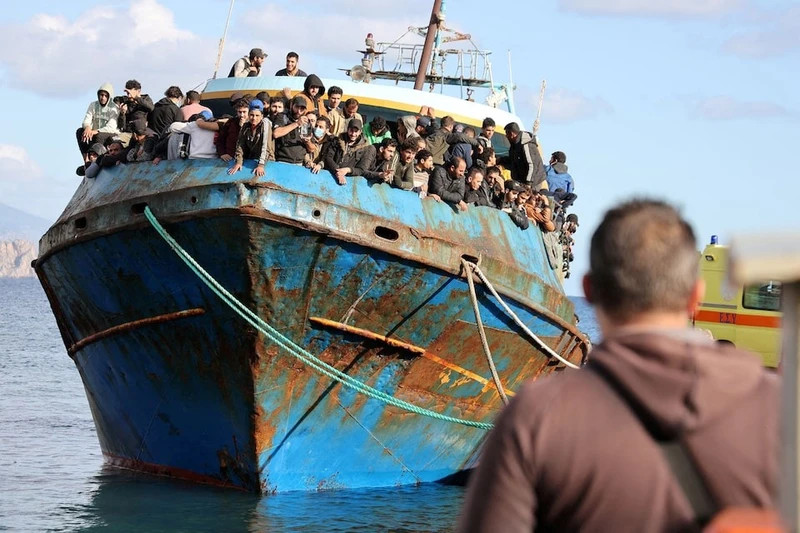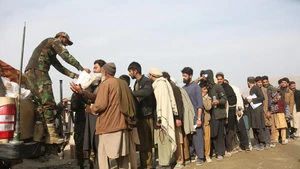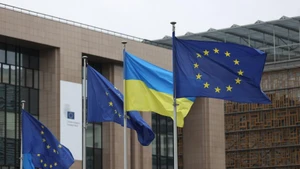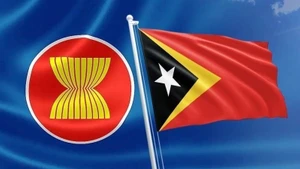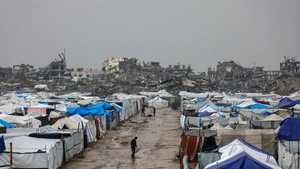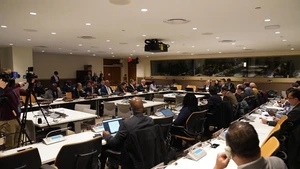Solidarity and responsibility
With the central criteria of the migration package recently approved by the EP being “solidarity and responsibility”, the above laws include new regulations to address crisis and force majeure situations to establish a mechanism to respond to the sudden increase in the number of migrants, ensuring solidarity and support for member states.
In order to assist EU countries subject to migratory pressure, other member states will contribute by relocating asylum applicants or beneficiaries of international protection to their territory, making financial contributions, or providing operational and technical support. The criteria according to which a member state is responsible for examining international protection applications (the so-called Dublin rules) will also be updated.
The new laws also provide clarity on pre-entry screening, including identification, biometric data collection, and health and safety checks for up to seven days, and the application of independent monitoring mechanisms to ensure respect for fundamental rights, shorten the processing time of asylum applications at EU borders, and store data on people entering the EU irregularly in the Eurodac database.
The EP also supported the introduction of new uniform standards for all member states regarding the recognition of refugee status or status requiring additional protection; at the same time, renew standards related to housing, education, and health care for asylum seekers.
The treaty approved by the EP is the largest reform of the EU's immigration and asylum regulations in more than a decade, in the context of Europe having to deal with an unprecedented wave of immigration in recent years. The EU's refugee and migration management system nearly collapsed in 2015 when more than 1 million people — most fleeing conflict in Syria — flooded southern Europe's shores. The large influx of migrants overloaded reception activities as well as the ability to ensure security, and led to a wave of anti-immigration protests across the bloc. Since then, the EU has tightened border areas outside the bloc and tightened asylum regulations to limit this situation.
After being overshadowed by “shocks” such as the COVID-19 pandemic and the Ukraine conflict, migration is again a "hot" issue on the agenda of EU countries, with the International Organization for Migration (IOM) having said that 2023 was the deadliest year for migrants in the past decade, with 8,541 deaths. The majority of deaths or disappearances were recorded on the Mediterranean, the migration route from North Africa to Europe. From the beginning of 2024, the number of migrants pouring into Europe has reached 46,000 people.
Overcoming differences
After a lengthy negotiation process due to divisions and differences in how to handle the migrant crisis among member states, the newly passed laws are likely to more harmonise the EU's approach to the issue.
The 27 EU member states have long been divided over the quota of migrants that countries are forced to accept. Some countries, including Poland and Hungary, have refused to accept any new influx of migrants. Poland, Hungary, and their allies said they could help solve the migrant problem by contributing financially, deploying human resources or equipment instead of having to accept migrants according to EP regulations. Other countries, including Italy and France, emphasised that they cannot unilaterally solve this problem.
Mediterranean countries where migrants arrived and rich countries like Germany also announced they could no longer accept more migrants. Germany is having difficulty accepting more migrants and calls for stricter control at the EU's outer border, equitably distributing the burden of migrants within the EU. With the new laws passed, the EU will now distribute the migrant burden between its 27 member states, forcing other member states to help those most affected by the wave of immigration. The treaty sets rules favourable to legal immigration, using legal immigration to combat human trafficking.
The new rules on migration and asylum are expected to start applying from 2026 and the 27 EU member states will have two years to introduce corresponding changes in their national laws. European Commission President Ursula von der Leyen praised the EU's ability to reach consensus on this issue, which will help secure European borders and the basic rights of migrants.
However, the new migration agreement is still facing difficulties in winning the full support of member countries regarding the new solidarity principles as well as many provisions. Meanwhile, passing regulations can only help solve the tip of the problem.
To root out the migration problem, the EU is making efforts to establish strategic partnerships with countries of origin and transit of migrants to tackle illegal immigration into Europe. With anti-immigrant political parties becoming increasingly influential across Europe over the years, governments on the continent have attempted to stem the flow of migrants into their countries by committing to sponsor countries along the Mediterranean such as Tunisia and Egypt, providing large sums of money to help these countries control the flow of migrants.
Finding a comprehensive solution and "stopping it from the source" to the migrant problem continues to be a difficult situation for European countries. EU member countries need to further promote the spirit of solidarity and have more time to devise policies consistent with the common goal of preventing the flow of immigrants. Moreover, there are still concerns about whether the new collective plan can replace the individual responses of member states that have lasted for decades, which depend on the actual situation and each country's efforts to resolve the region's common concerns about migration.
